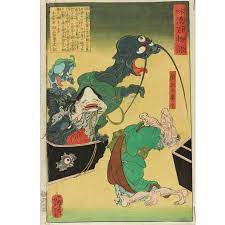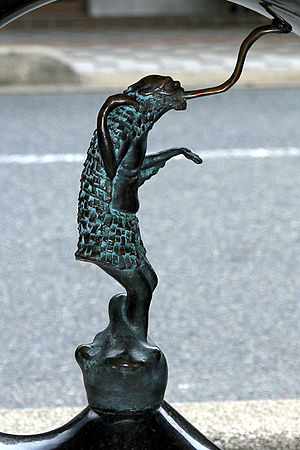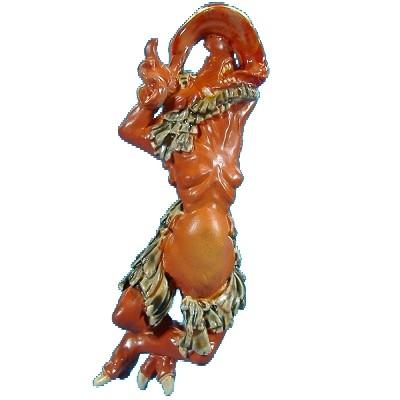


Japanese Yokai: 陽ノ参:天井嘗:
d’images Hyakki Yagyō de la Muromachi :
der Bildrolle Hyakki Yagyō aus Muromachie:
Yonosan: Tenjoujo:
日本妖怪:Tenjoujo
天井嘗:
そのデザインは室町時代の『百鬼夜行絵巻』にある妖怪をモデルとして描かれている。
顔を仰向けて舌を出した妖怪がそれにあたるものであると考えられている。
同じ妖怪:
江戸時代の妖怪を描いた絵巻物
『百鬼夜行絵巻』(松井文庫 所蔵)などで「いそがし」の名でも描かれている
https://ja.wikipedia.org/wiki/%E5%A4%A9%E4%BA%95%E5%98%97
Yokai japonais : Yonosan : Tenjoujo
Tenjoujo :
Sa conception est inspirée du yokai du rouleau d’images Hyakki Yagyō de la période Muromachi.
On pense qu’un yōkai avec le visage tourné vers le haut et la langue tirée correspond à cela.
Même Yokai :
Un rouleau d’image représentant un monstre de la période Edo
Il est également représenté sous le nom « Isogashi » dans « Hyakki Yagyo Emaki » (collection Matsui Bunko).
Japanisches Yokai: Yonosan: Tenjoujo
Tenjoujo:
Sein Design ist dem Yokai in der Bildrolle Hyakki Yagyō aus der Muromachi-Zeit nachempfunden.
Es wird angenommen, dass ein Yōkai mit nach oben gerichtetem Gesicht und herausgestreckter Zunge dem entspricht.
Gleicher Yokai:
Eine Bildrolle, die ein Monster aus der Edo-Zeit darstellt
Es wird auch unter dem Namen „Isogashi“ in „Hyakki Yagyo Emaki“ (Sammlung Matsui Bunko) abgebildet.